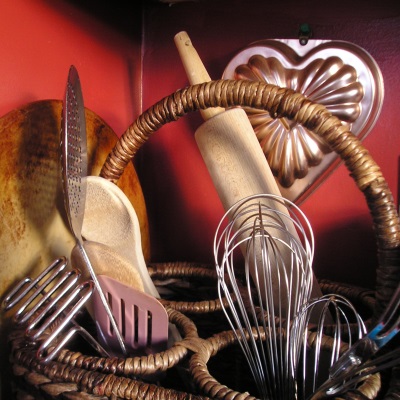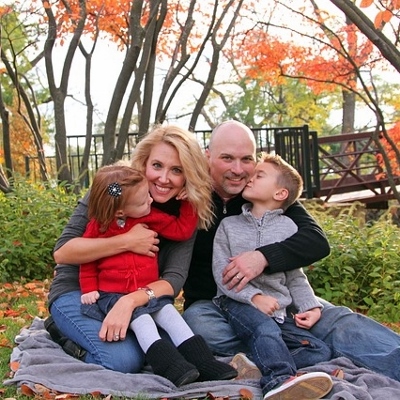 Young children love to help with meal preparation because of the glorious smells and unique textures; however, having little ones in the kitchen while cooking poses several risks to a child’s safety. Learn to recognize potential dangers so that you can eliminate dangerous situations when in the kitchen with your child. Also keeping this room well lit is key.
Young children love to help with meal preparation because of the glorious smells and unique textures; however, having little ones in the kitchen while cooking poses several risks to a child’s safety. Learn to recognize potential dangers so that you can eliminate dangerous situations when in the kitchen with your child. Also keeping this room well lit is key.
Parents understand that knives, the garbage disposal, the microwave, and the stove can be hazardous to preschoolers. Because the risk of being injured is great, adults will keep a child away from these items. Unfortunately, other hazards are not as obvious.
One example of a hidden hazard is raw eggs. When I was young, my mother would let me lick the spoon after she had prepared cake batter. Today, parents should not allow a child to do the same. Why? The risk of Salmonella infection.
The Center for Disease Control and Prevention (CDC) explains the risk as follows: “a type of bacterium, Salmonella, can be on both the outside and inside of eggs that appear to be normal, and if the eggs are eaten raw or lightly cooked, the bacterium can cause illness.”
While Salmonella won’t kill a preschooler (in most cases), it can cause very unpleasant symptoms. As the CDC explains, “a person infected with Salmonella usually has a fever, abdominal cramps, and diarrhea beginning 12 to 72 hours after consuming a contaminated food or beverage. The illness usually lasts four to seven days, and most persons recover without antibiotic treatment.”
Another, less obvious, kitchen hazard is the potential for falls. Children can (and will) fall off of step stools, kitchen chairs, and counters. It’s best to keep a child seated at the kitchen table when cooking, safely away from danger, instead of him or her being allowed to move about the kitchen at will.
Children at this age act impetuously, and they may suddenly reach for something while standing on a chair or stool, which makes keeping balanced impossible. Most adults can admit to climbing on such items when in a kitchen, yet for children, this practice proves too risky.
Another fall hazard arises from liquids being dropped on the floor. For instance, if allowed to run around the kitchen while you cook, a child can slip and fall on sudsy water that has accidentally dripped.
A final hazard that many parents overlook include sharp utensils other than knives. Straws, chopsticks, meat skewers, forks, and even sporks can inflict injury on a child who ends up misusing them. He or she can poke an eye and/or pierce the skin easily with one of these seemingly harmless tools.
As you can see, a parent of a preschooler must be extra vigilant in the kitchen. The best approach is to allow a child to help in a safe manner only. This means that he or she must be secured at the kitchen table, not standing on a wobbly chair or step stool next to you!
Until a child grows in both height and maturity, he or she should be protected from both obvious and not so obvious hazards in the kitchen.










